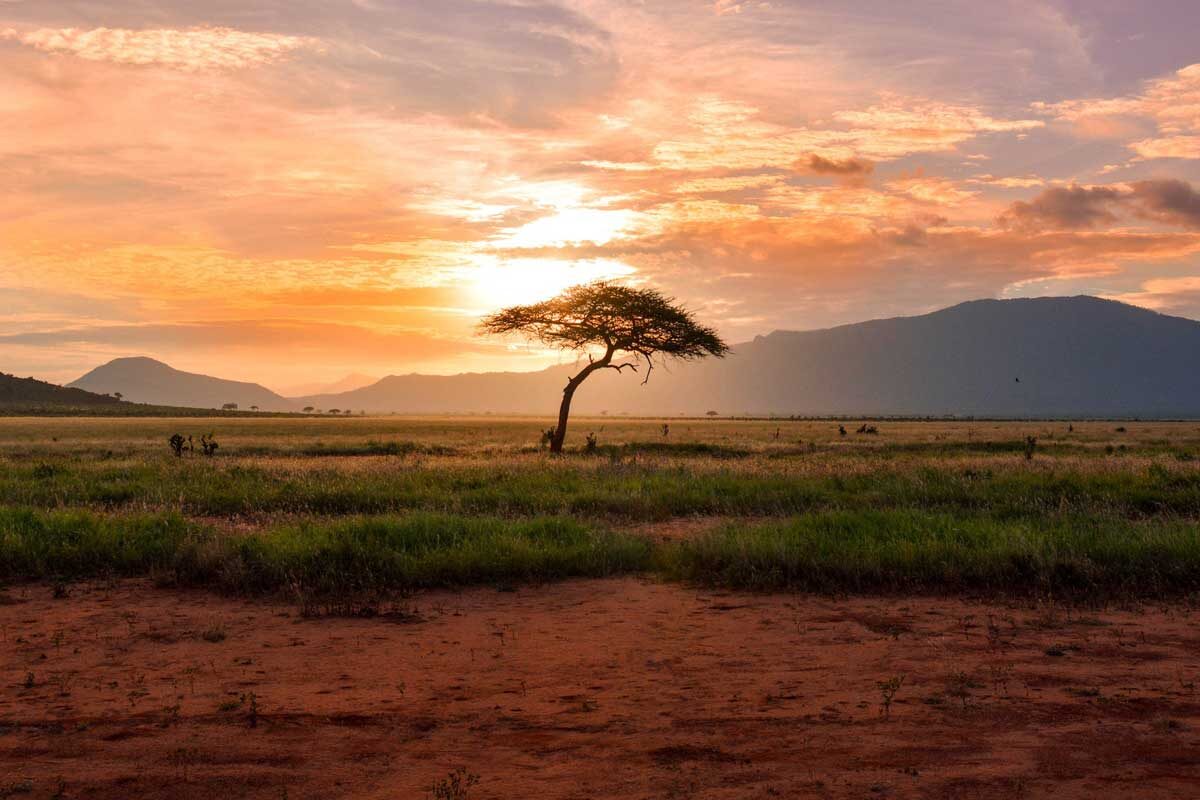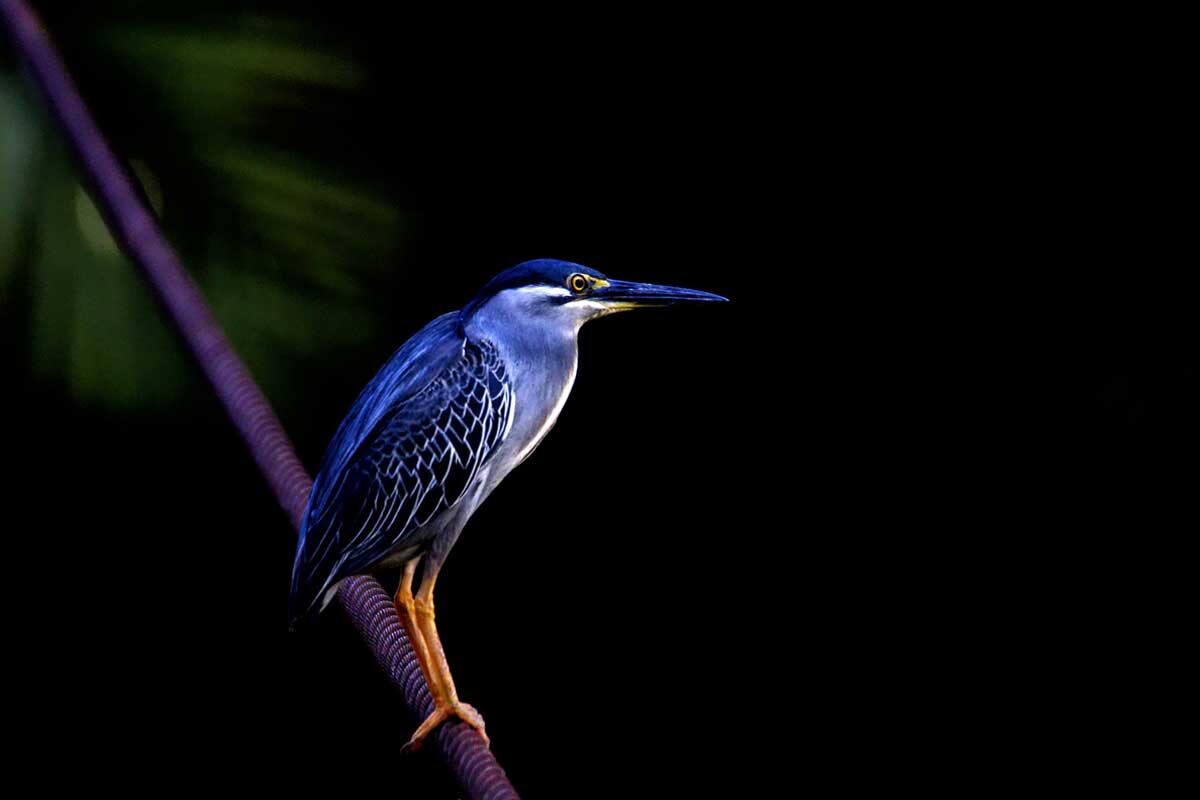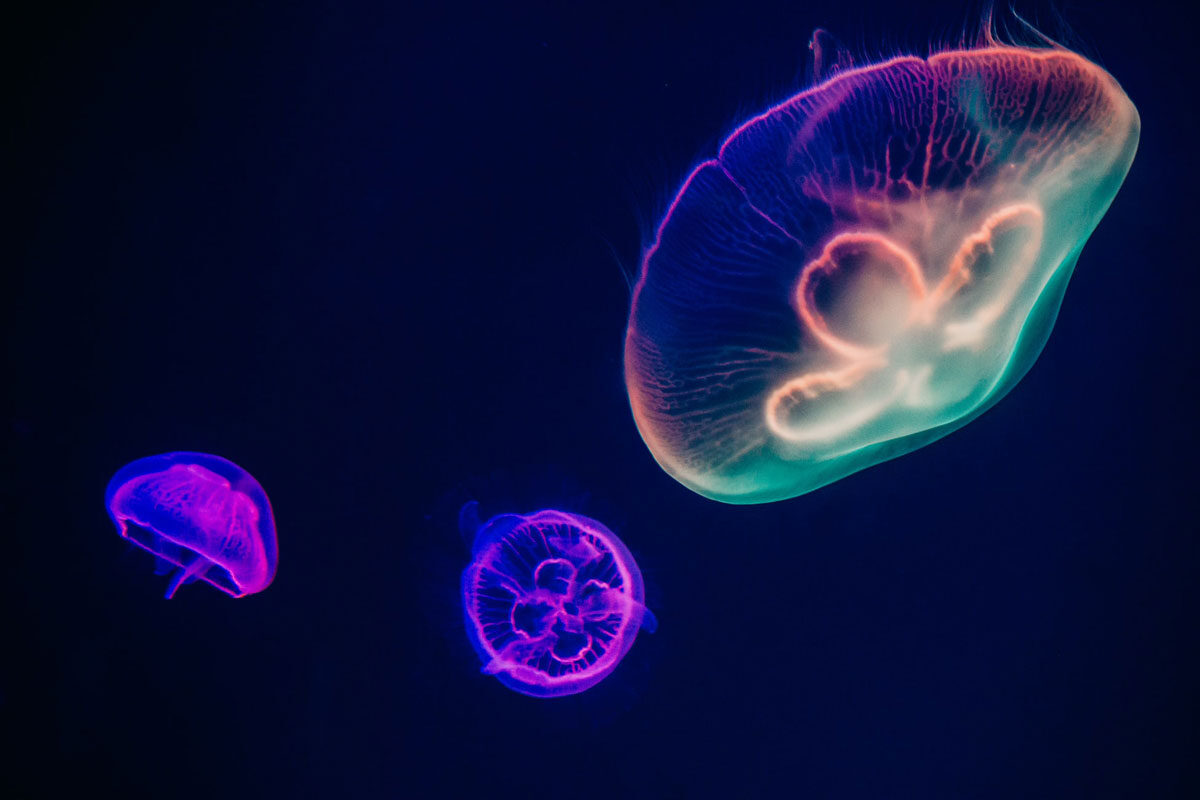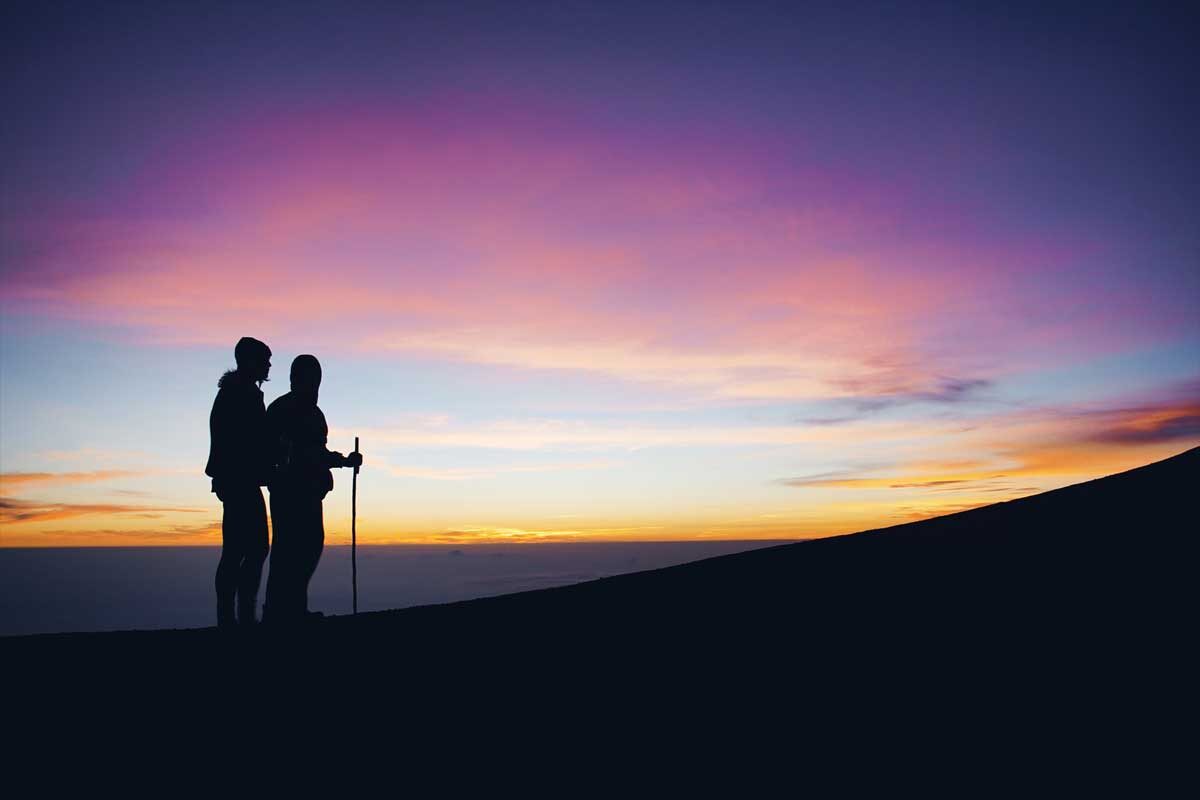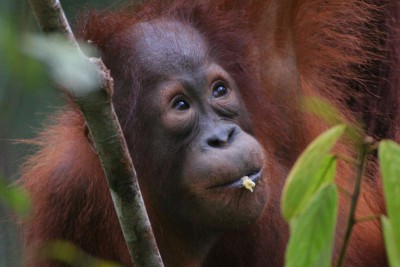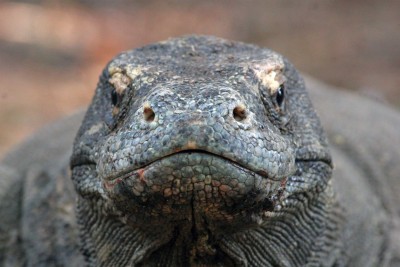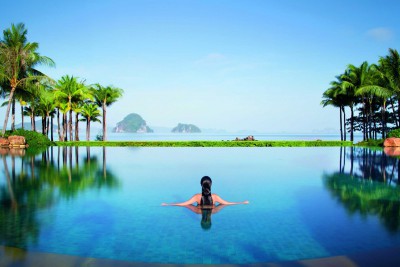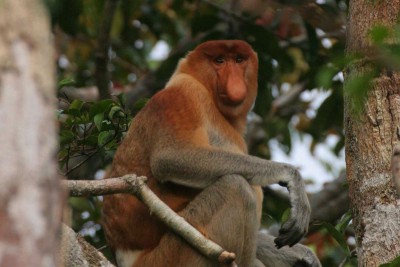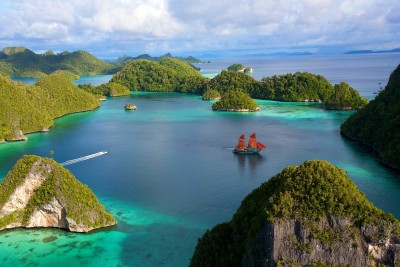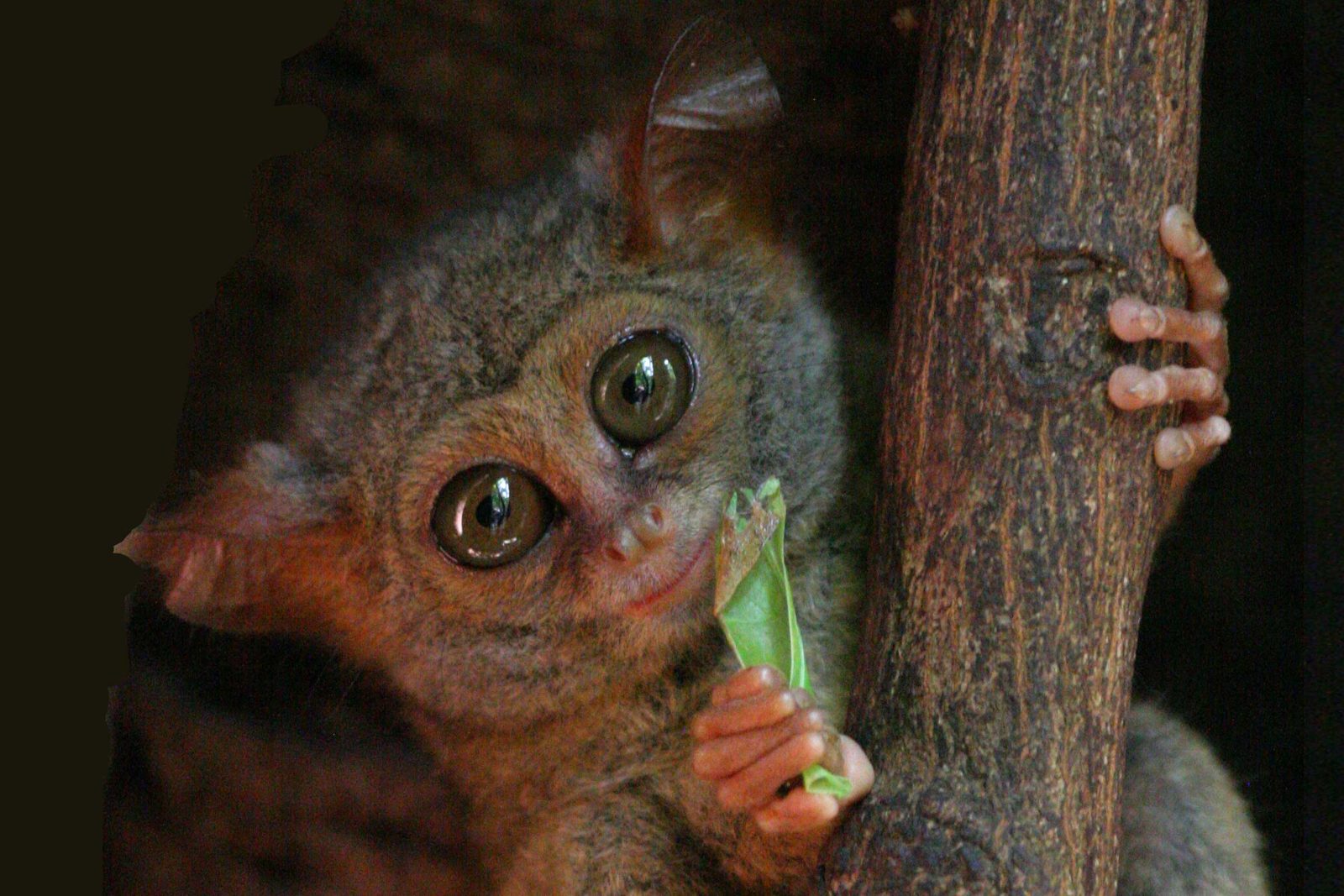The fact that eminent 19th century naturalist Alfred Russell Wallace – co-discoverer with Darwin of the theory of evolution – gained so many original insights from Indonesia gives a clear indication of the archipelago’s global natural history importance.
He gave his name to the Wallace Line, the natural boundary which exists in Indonesia between the fauna of South East Asia (found in its western islands) and Australasia (observed in the east). The combination of both biological spheres accounts for the astonishing diversity of wildlife to be found throughout this vast nation.
The world’s largest archipelago, Indonesia has over 17,000 islands stretching from Asia all the way to Melanesia, giving the visitor an almost impossible range of choices. Highlights include the rainforests of Kalimantan (Borneo) and Sumatra with their orang-utans and other wildlife; impressive temple complexes such as Borobudur; huge volcanoes including Krakatoa, Mt Bromo and the crater lakes of Flores; the awesome “dragons” of Komodo and Rinca; and, of course, thousands of wonderful beaches and coral reefs offering world class snorkelling and diving. This remarkable diversity provides all the ingredients for an ideal holiday with plenty of scenery and culture, and extraordinarily diverse wildlife both above and beneath the water.
